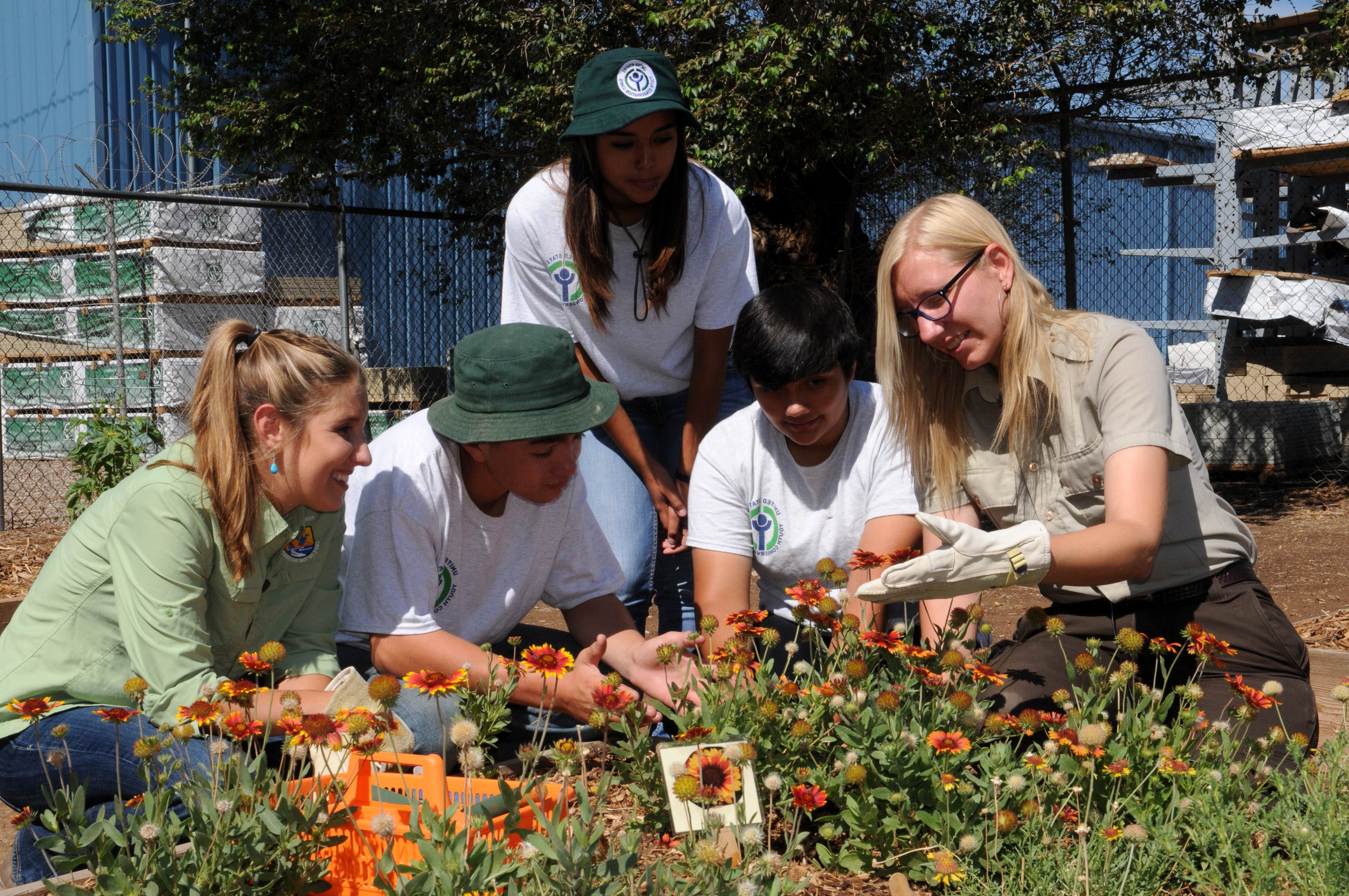Seasonal Veggie Garden Planting Guide

Your Ultimate Seasonal Veggie Garden Planting Guide
Hello there, green-thumbed friend! Are you ready to dive into the world of seasonal vegetable gardening? You've come to the right place. This comprehensive guide will walk you through the ins and outs of planting a veggie garden that's bursting with fresh produce all year round. So, grab your gardening gloves and let's get started!
Why Seasonal Planting Matters
Ever wondered why some veggies thrive in certain seasons while others wilt? That's because plants are like us, they're affected by the weather. Seasonal planting ensures you're giving your veggies the best chance to grow by planting them at the right time of year. It's like giving your plants a head start in life!
Understanding Your Plant Hardiness Zone
Before you start planting, you need to know your plant hardiness zone. This is a way of dividing up the country into different climate zones based on the average annual minimum winter temperature. You can find out your zone using the USDA's Plant Hardiness Zone Map. Once you know your zone, you can choose plants that are suited to your climate.
The Art of Garden Planning
Planning your garden might seem like a daunting task, but it's actually a lot of fun. It's like painting a picture, but with plants instead of paint. Here are some things to consider when planning your garden:
Crop Rotation
Crop rotation is like giving your garden a change of scenery. It involves moving different crops around your garden each year to prevent disease and maintain soil health. It's like giving your plants a holiday, they'll love you for it!
Succession Planting
Succession planting is like having a never-ending supply of fresh veggies. It involves planting crops in waves so you can harvest throughout the season. It's like having your own personal farmer's market, right in your backyard!
Companion Planting
Companion planting is like having a garden full of best friends. It involves planting certain crops together because they benefit each other. For example, tomatoes and basil are like the best of friends, they love growing together.
Your Seasonal Planting Calendar
Now that you've got the basics down, let's dive into the nitty-gritty of seasonal planting. Here's a month-by-month guide to help you stay on track:
Spring
Spring is like the kick-off to the gardening season. It's time to plant those cool-season crops that love the cooler weather. Think lettuce, spinach, and peas. You can even start some warm-season crops like tomatoes and peppers indoors, ready to be transplanted outside later in the season.
Summer
Summer is the main event in the vegetable garden. It's time to harvest those warm-season crops you planted in spring. Think tomatoes, cucumbers, and beans. It's also a great time to succession plant crops like lettuce and radishes.
Fall
Fall is like the grand finale of the gardening season. It's time to plant those cool-season crops that will mature in the cooler weather. Think kale, broccoli, and carrots. It's also a great time to plant garlic for next year's harvest.
Winter
Winter might seem like a quiet time in the garden, but there's still plenty to do. It's a great time to plan next year's garden, order seeds, and even plant some cold-hardy crops like spinach and lettuce.
Your Harvest Schedule
Keeping track of what you've planted and when it's ready to harvest can be a challenge. That's where a harvest schedule comes in. It's like your garden's to-do list. You can find printable harvest schedules online, or even create your own using a simple spreadsheet.
When in Doubt, Check the Almanac
If you're ever unsure about when to plant something, the Old Farmer's Almanac is a great resource. They have a planting calendar that's tailored to your region, so you know exactly when to plant your veggies. Check it out at https://www.almanac.com/gardening/planting-calendar.
Conclusion
And there you have it, folks! Your ultimate guide to seasonal vegetable gardening. Remember, the key to a successful veggie garden is planning, patience, and a little bit of love. So, get out there and start planting!
FAQs
-
Q: What's the best way to store my seeds? A: Store your seeds in a cool, dry place, away from direct sunlight. A sealed container in your fridge is a great option.
-
Q: Can I still garden if I have a small space? A: Absolutely! Container gardening is a great way to grow veggies in small spaces. You can even grow some veggies indoors.
-
Q: How do I know when my veggies are ready to harvest? A: The best way to know is to check the seed packet or do some research online. Some veggies, like lettuce, are ready to harvest when they're small, while others, like tomatoes, need to be fully ripe.
-
Q: What should I do with my garden in the off-season? A: The off-season is a great time to prepare your garden for next year. That means adding compost, turning the soil, and even planting cover crops.
-
Q: How can I attract beneficial insects to my garden? A: Planting flowers like marigolds and daisies can attract beneficial insects like ladybugs and bees. You can also install a bird feeder to attract birds, which will help control pests.
0 Response to " Seasonal Veggie Garden Planting Guide"
Post a Comment